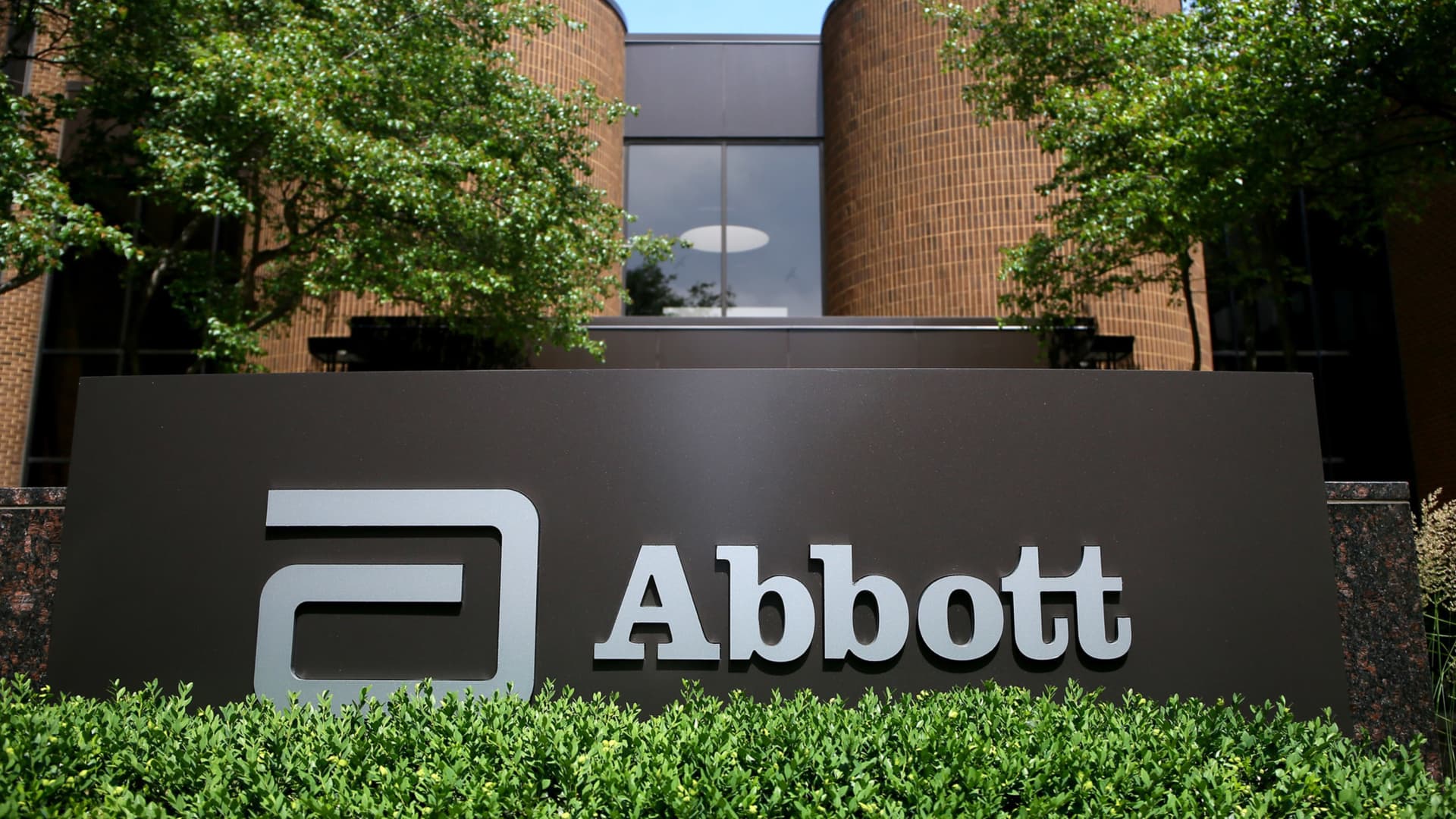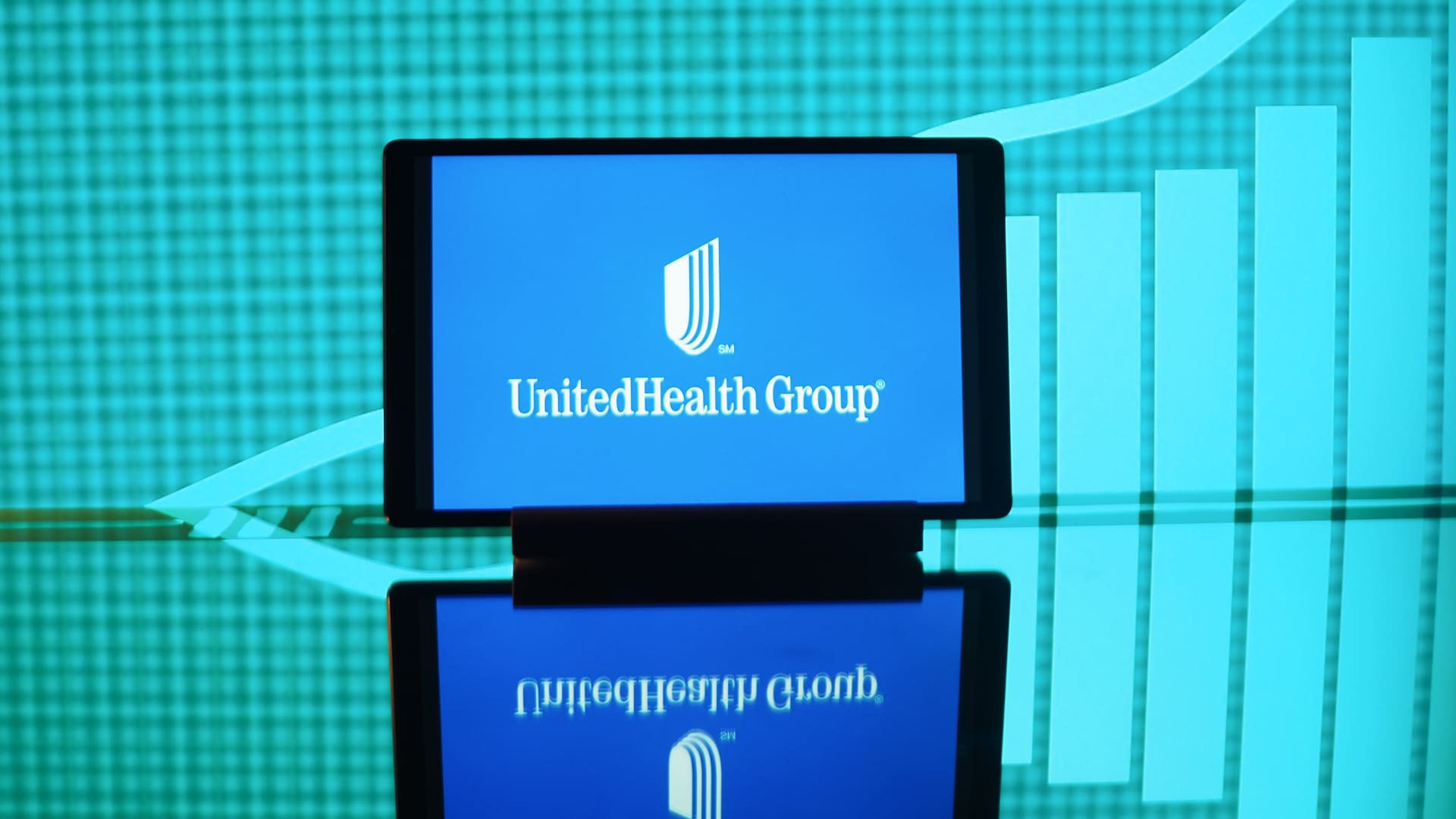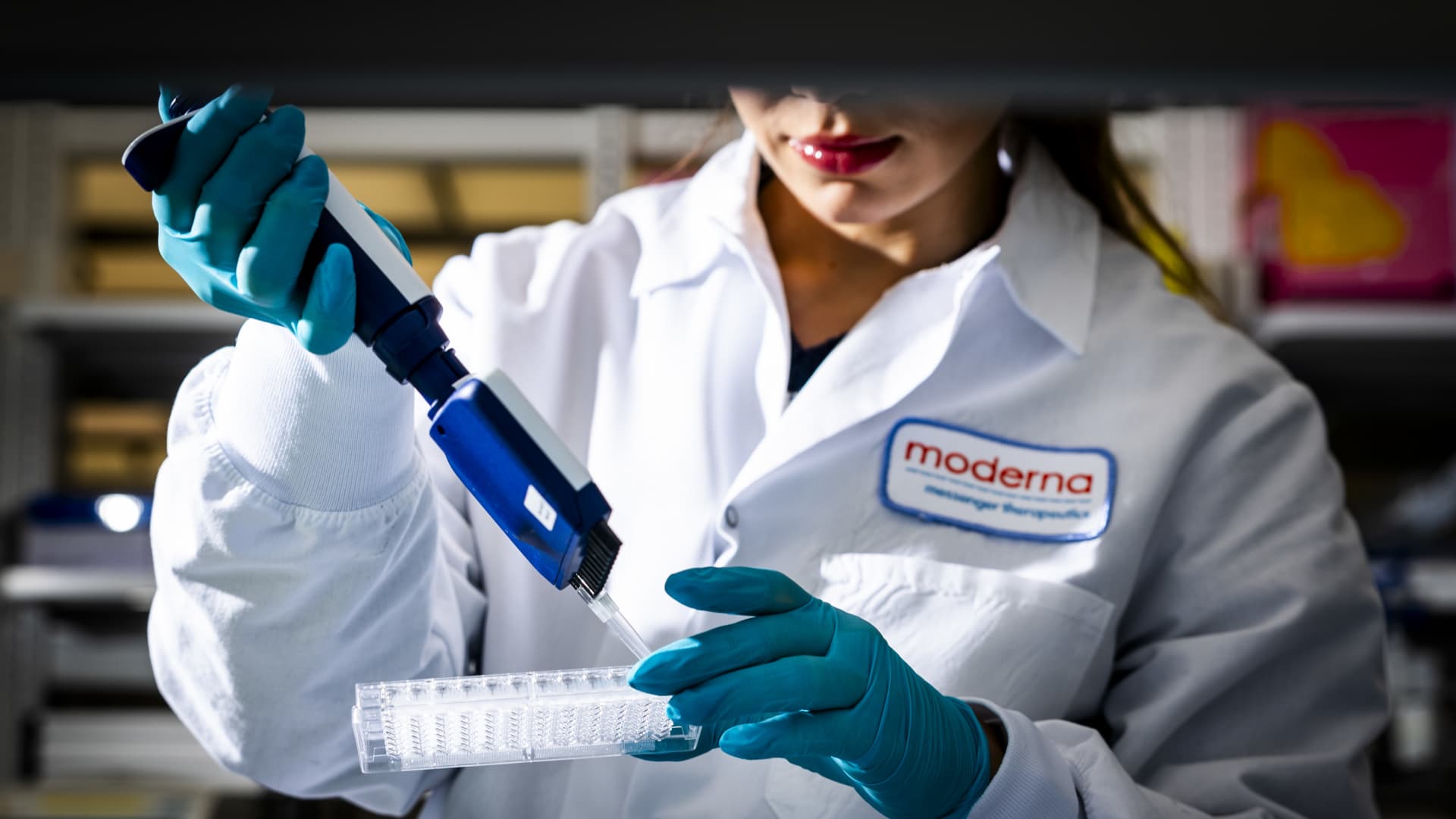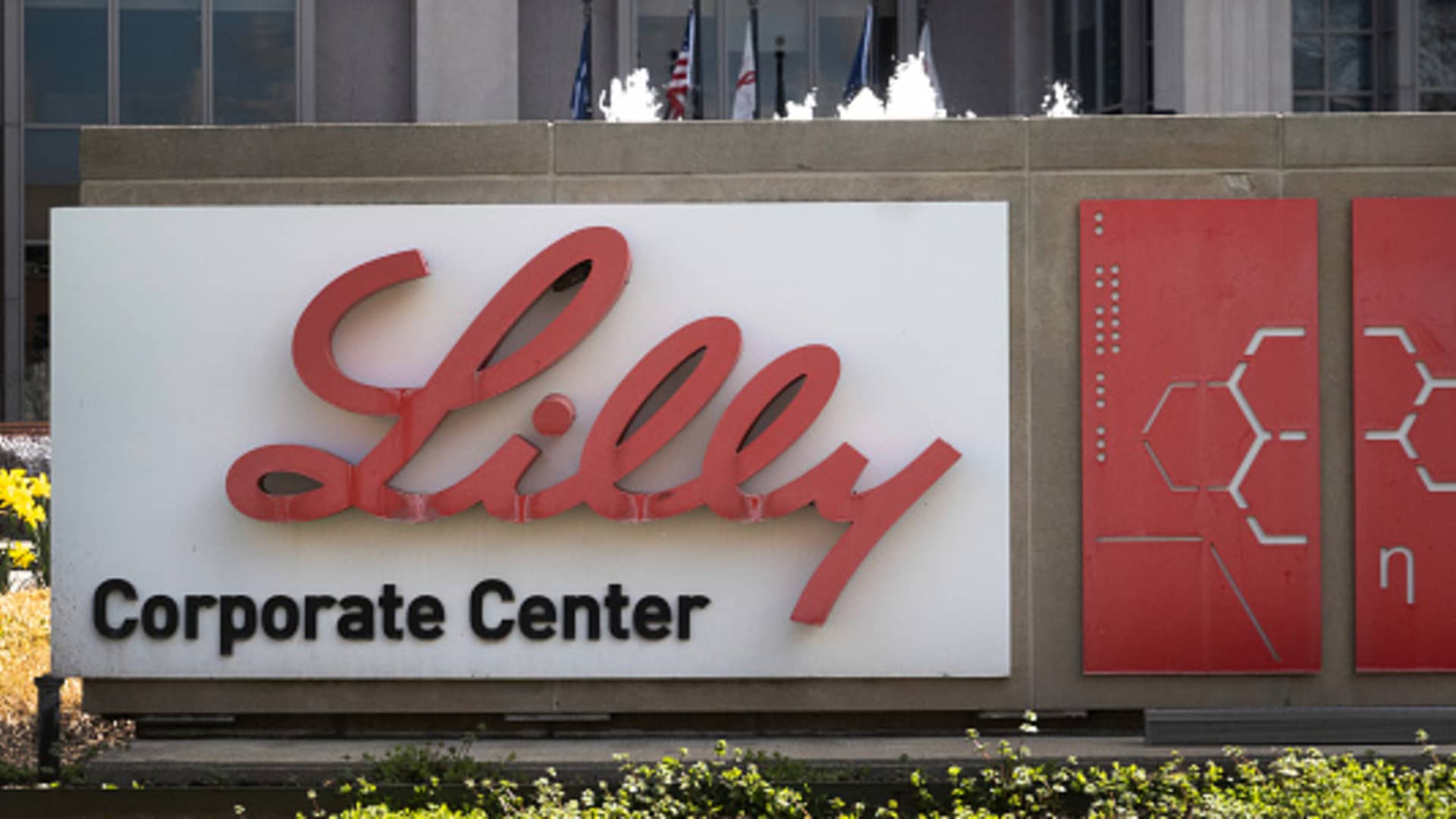Slimming syringes of the brands “Wegovy”, “Ozempic” and “Mounjaro” are sold at In der Achat Apotheke in Mitte, Germany.
Image Alliance | Image Alliance | Getty Images
A version of this article first appeared in CNBC's Healthy Returns newsletter, which brings the latest health care news straight to your inbox. Subscribe here to receive future editions.
Good afternoon! A large number of insured Americans may be eligible for a very popular class of weight loss and diabetes drugs called GLP-1, such as New Nordisk's Wegovy and Ozempic.
At least two in five privately insured American adults (or more than 57 million people) under age 65 may be clinically eligible for GLP-1, according to a new analysis from health policy research organization KFF. That includes more than 36 million people diagnosed with obesity alone.
GLP-1s are approved to treat adults with type 2 diabetes or Obesity or overweight with at least one weight-related condition, such as cardiovascular disease, high blood pressure or high cholesterol. Novo Nordisk's Wegovy weight-loss injection is also the only GLP-1 approved to reduce the risk of heart attack, stroke and death in obese or overweight adults with cardiovascular disease.
But here’s the catch: The number of adults who qualify for these drugs can vary depending on additional requirements set by their employer-sponsored health plans. KFF said employers weigh the high cost of covering GLP-1s, which have a list price of about $1,000 a month, against their clinical benefits and the demand from their workers.
Employers could impose additional eligibility conditions for coverage, such as higher BMI requirements, KFF said. For example, if employers adopted a BMI threshold of 35 or higher, only 14.6 million adults under age 65 covered by those health plans would be eligible. The current BMI limit for GLP-1s is 30 or higher (for patients with obesity) and 27 or higher (for those who are overweight), according to the approval labels for GLP-1 obesity drugs.
Some plans may also only cover GLP-1 for diabetes management, not obesity.
KFF also noted that two years ago there were only a “relatively modest number of people” enrolled in employer-sponsored health plans with a GLP-1 application. Only 3% of adults with employer coverage had a prescription for one of the drugs in 2022, KFF said. Semaglutide, the active ingredient in Wegovy and Ozempic, is the most common GLP-1 drug since it joined the U.S. market in 2018.
Still, KFF noted that “some evidence suggests that” GLP-1 use “has only continued to increase over the past two years,” beyond the most recent insurance claims data available. About 6% of all adults, regardless of insurance coverage, report that they are currently taking a GLP-1 medication, according to a KFF survey released in May. About 12% report having taken one such treatment. At some point.
More people may also become eligible for GLP-1s as they are approved for new uses. Novo Nordisk and Eli Lilly Both companies are studying their respective drugs as potential treatments for fatty liver disease and chronic kidney disease, among others. The companies could receive approvals for some of those diseases over the next year or so.
Feel free to send tips, advice, story ideas and information to Annika at [email protected].
Latest in health technology: Apple announces new health features for sleep apnea and hearing assistance
Good afternoon!
Apple On Monday, the company held an event at its Cupertino, California, headquarters where it announced a number of new products and updates. The company unveiled its iPhone 16 line, the Apple Watch Series 10, and the new AirPods, but I think its new healthcare features stole the show.
“We're incredibly proud to introduce a first-of-its-kind hearing aid feature, coming this fall with AirPods Pro 2, as well as an innovative way to detect signs of sleep apnea with Apple Watch,” Apple CEO Tim Cook wrote in a post on X on Monday. “These life-changing tools will help people connect more deeply and live healthier lives.”
Here's everything you need to know:
Apple Watch Series 10
Apple said its latest watch can help alert users to sleep apnea, a sleep disorder that can cause a person's breathing to repeatedly start and stop during the night.
Sleep apnea affects more than 1 billion people worldwide, but Apple said 80% of people with the condition are undiagnosed. If people with sleep apnea don't get treatment, they could face a higher risk of heart problems, high blood pressure and type 2 diabetes.
To detect this condition, the Series 10 uses an accelerometer to measure breathing disturbances that occur throughout the night. Users can view their nightly metrics in the Health app. Apple will analyze this breathing disturbance data once a month and notify people if they show “consistent signs” of severe or moderate sleep apnea.
The company will also generate a “detailed report” that users can take to their doctors.
Apple said the detection algorithm for this feature was developed using “a comprehensive data set of clinical-grade sleep apnea testing” and validated in a clinical study. The company expects the U.S. Food and Drug Administration and other regulatory bodies to approve the technology “very soon.”
The Series 10 launches on September 20, but is available for pre-order now. It starts at $399. Sleep apnea notifications will also be available on the Apple Watch Series 9 and Ultra 2.
AirPods Pro 2
Apple also introduced new features in AirPods Pro 2 that can help users assess and protect their hearing.
The company said hearing loss can be difficult to detect because it often happens gradually, so it created a five-minute hearing test that users can take at home. To take the test, users will simply need to put on AirPods Pro 2 and tap the screen when they hear sounds at different frequencies and volumes.
Apple said the test is clinically validated and designed based on real-world data. Results will be stored in the Health app, where users will see their personalized hearing profile. People can take the test regularly and access educational materials about hearing loss, the company added.
Once users take the hearing test, people with mild to moderate hearing loss can use their AirPods Pro 2 as a clinical-grade, over-the-counter hearing aid. Apple uses the test results to determine the sounds a person needs to amplify in real time, whether it's elements in their environment or different parts of speech.
“This will allow you to hear your surroundings better, helping you stay safe, and connect with people nearby to make it even easier to hear and join conversations,” said Dr. Sumbul Desai, Apple's vice president of health, during the event.
Additionally, Desai said, users' hearing profiles are automatically applied to phone calls, music and movies on their Apple devices.
Apple also said it expects the FDA and other regulators to approve the hearing tools soon. The hearing test and hearing aid features will be available in a free software update this fall. AirPods Pro 2 are available for $249.
Apple said it will also add a “Hearing Protection” feature to AirPods Pro 2 that can minimize users’ exposure to potentially harmful ambient noise.
The ear cushions on the headphones help passively reduce noise, and Apple said the machine learning in the H2 chip that powers the headphones “reduces louder, intermittent noise at 48,000 times per second.” The hearing protection feature is on by default.
It’s worth reiterating that Apple is still waiting for regulatory approval, but I think these features cement the company’s position as an innovative player in the healthcare space. We have more health data at our fingertips than ever before, and Apple seems to be very aware of that.
The question remains whether these health features will be attractive enough to encourage consumers to buy new watches and headphones.
You can read more about Apple's latest announcements here.
Feel free to send tips, advice, story ideas and information to Ashley at [email protected].












